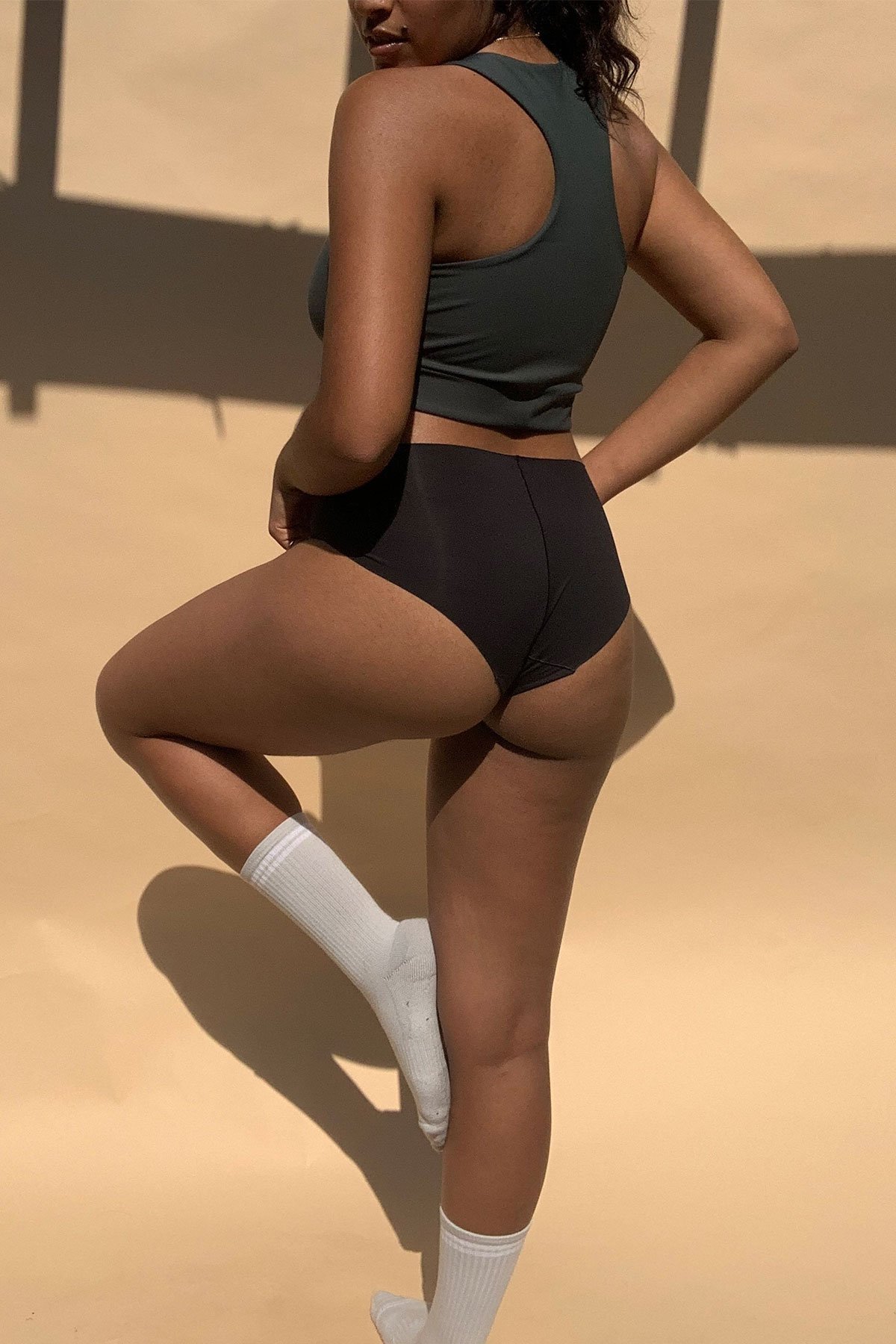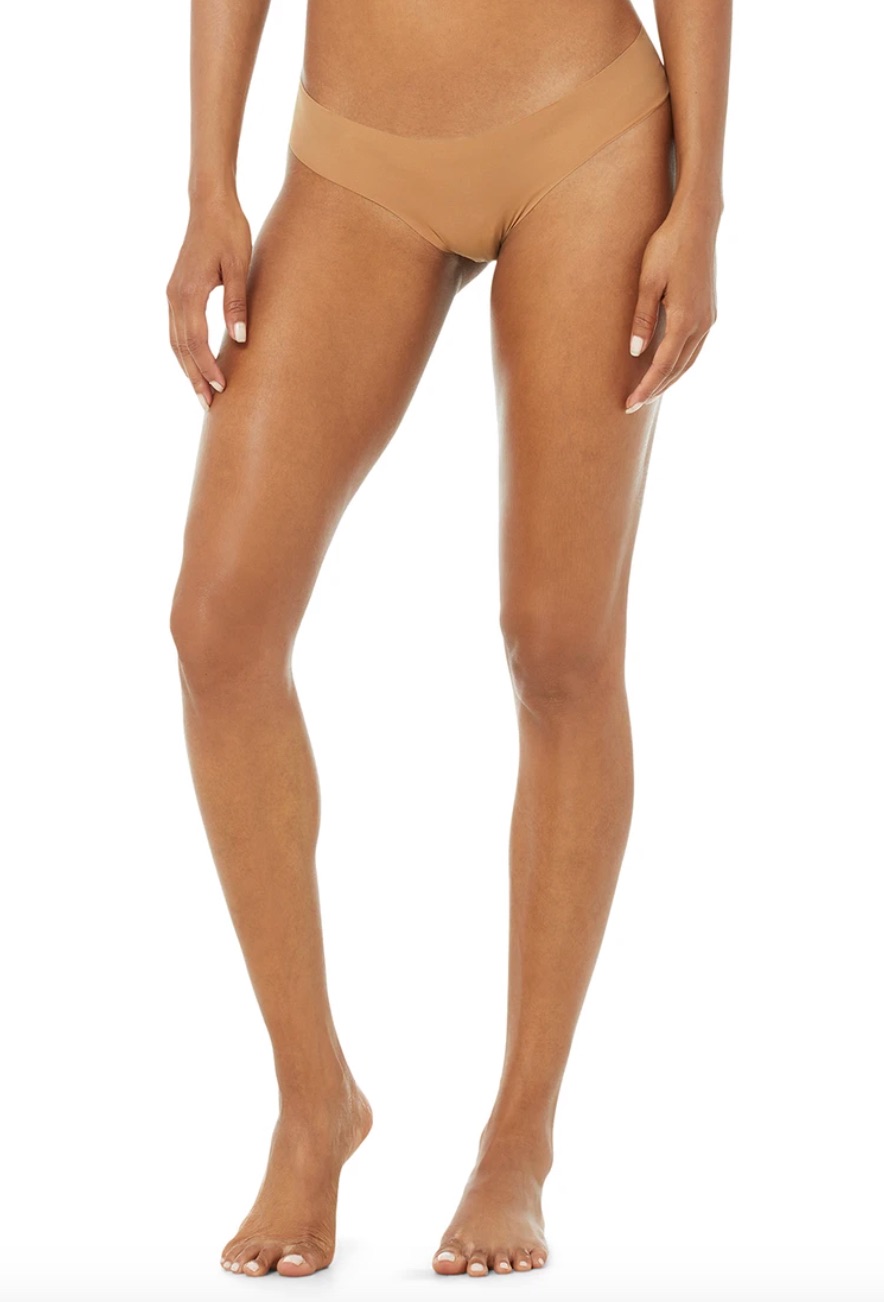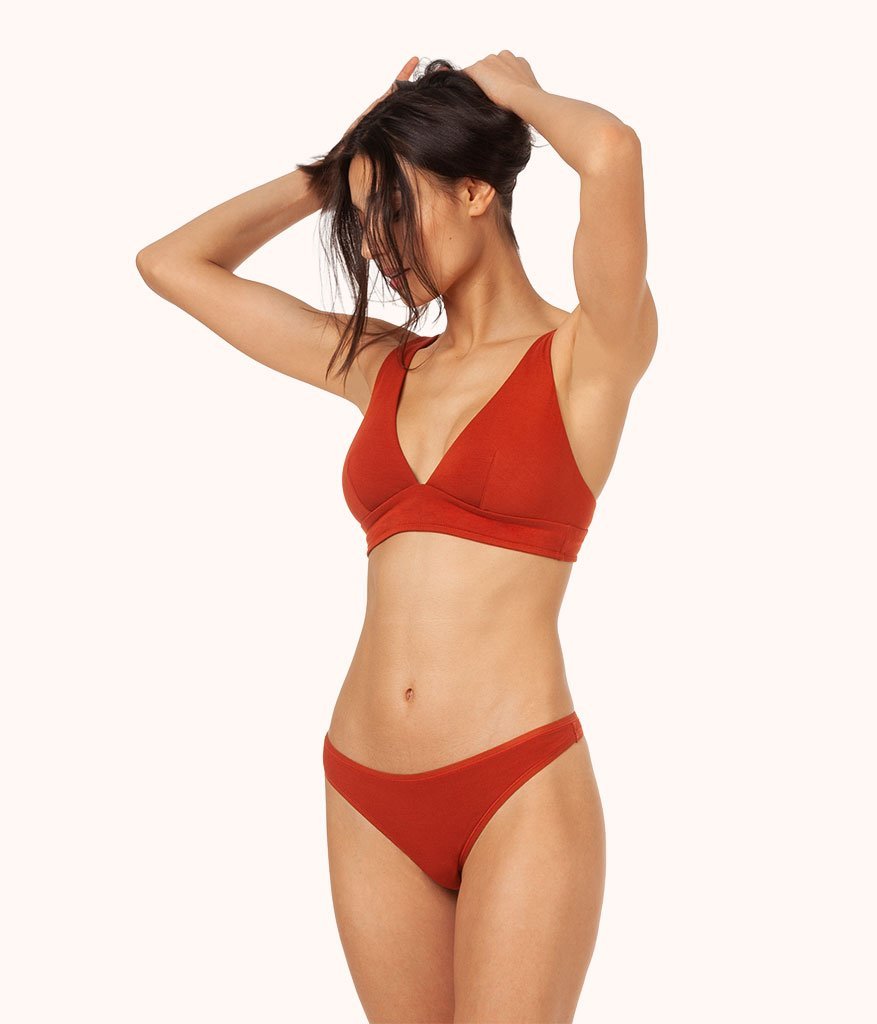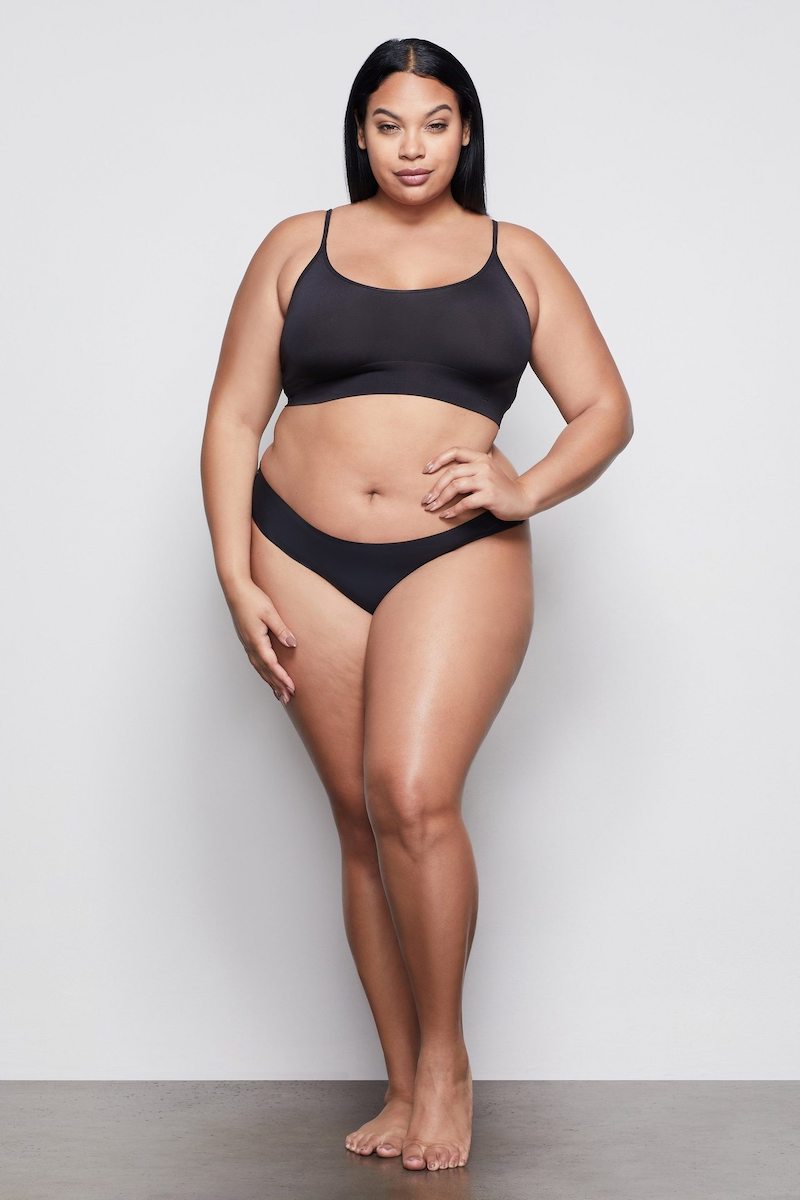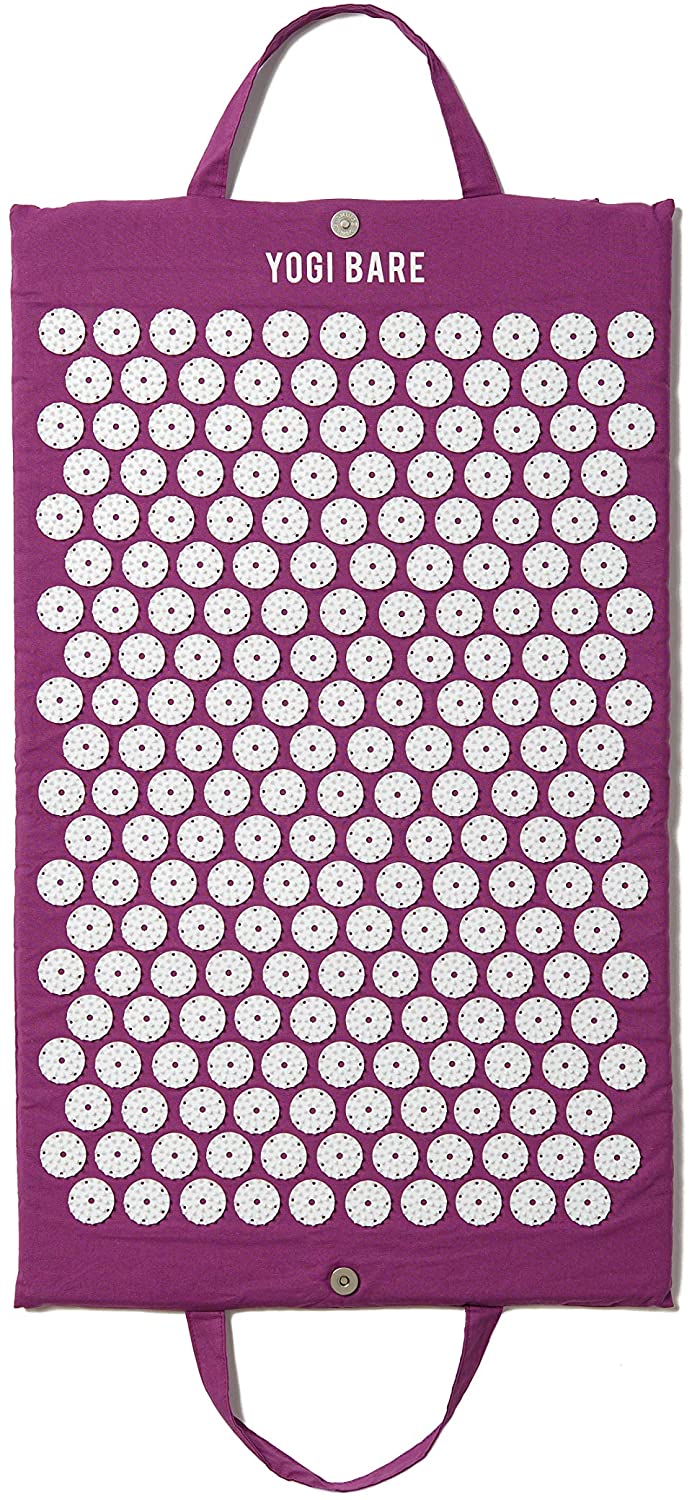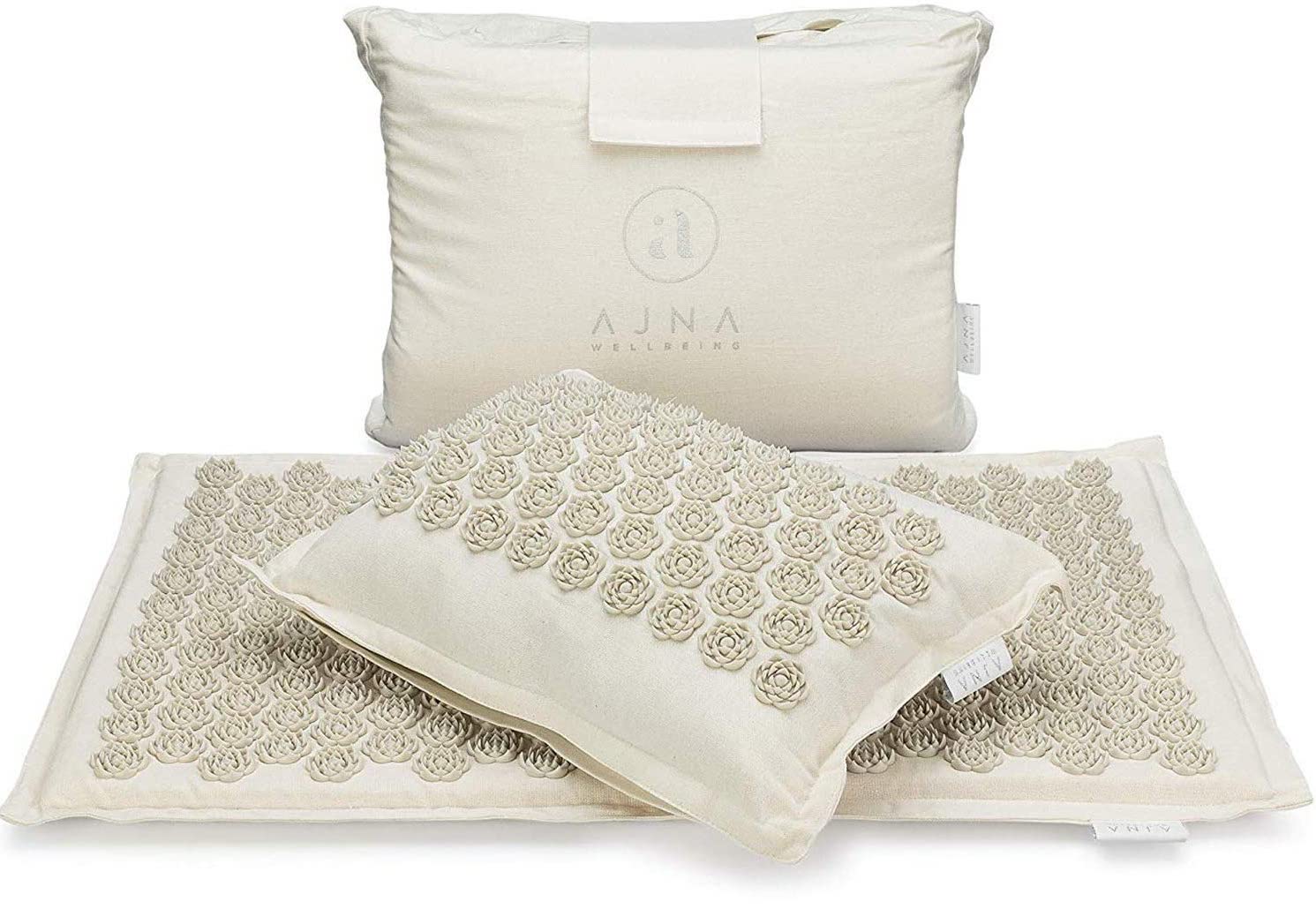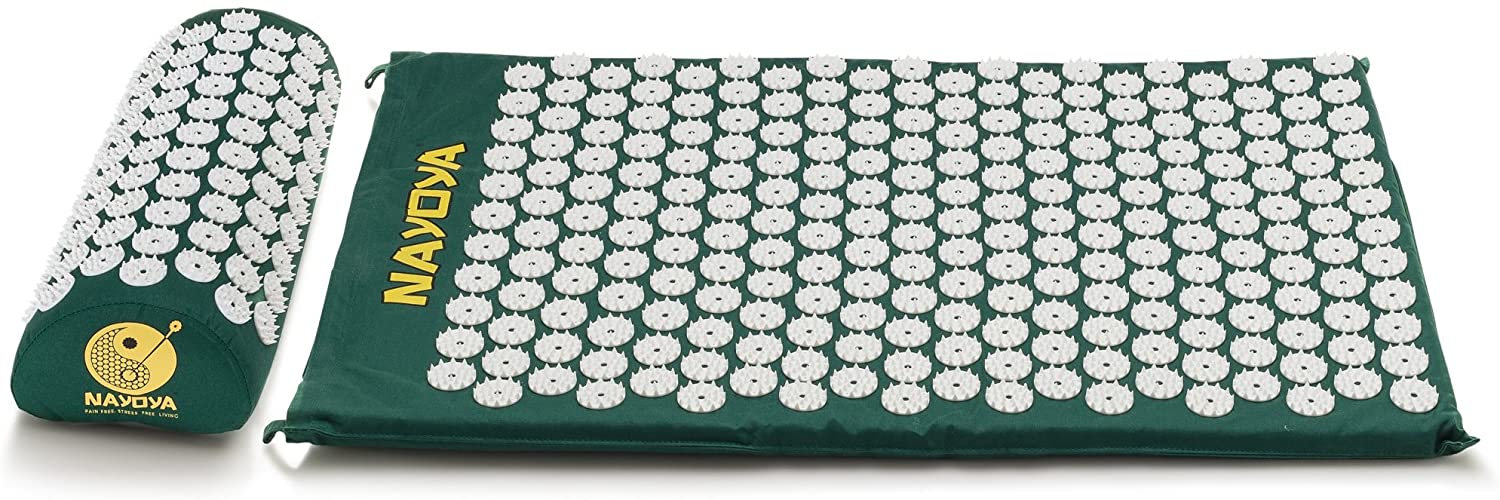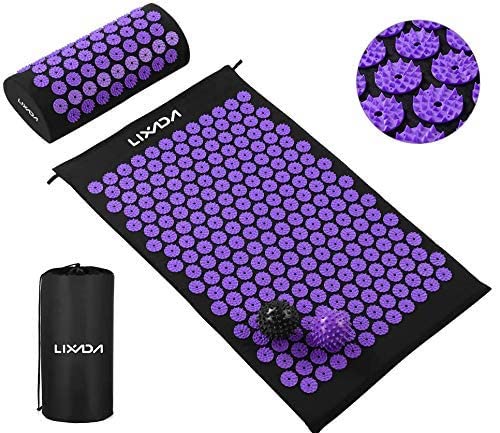Matcha and turmeric lattes have dominated the imaginations of mainstream wellness for years thanks to their potent benefits and colorful, inherently-Instagrammable nature. But one healthy drink has sat quietly out of the spotlight, underappreciated but no less beneficial: white tea.
“White tea, like green tea, comes from the camellia sinesis plant, but is different in taste and caffeine content since its delicate leaves are harvested early, when the leaves are still buds,” says Kelly Jones, RD. Basically, it’s the shy cousin of green tea—and it’s ready for its turn in the spotlight.
White tea is slightly lower in caffeine than green and black tea, offering around 30 milligrams per eight ounces. (For context, black tea contains 47 milligrams of caffeine per serving, matcha has 30 to 70 milligrams, and green tea contains between 35 to 45 milligrams.) White tea also has a milder flavor than most black or green teas due to the nature of its immature leaves, so it could be more desirable for those who avoid stronger teas.
Aside from the basics, white tea has several benefits that make it an excellent option when you want to switch up your healthy beverage routine. Here are a few benefits to keep in mind.
5 white tea benefits for brain health, bone health, and more:
1. It’s good for cognitive health
White tea is rich in the amino acid l-theanine (almost as much as green tea), a compound that is associated with calm and improved focus. In a small study, consuming two grams of white tea improved study participants’ focus and performance on an examination—but more research needs to be done to confirm these benefits.
“Some studies have shown white tea to have, on average, slightly more phytochemical catechins than green tea, even though these are the antioxidants green tea is well known for,” adds Jones. These catechins, aka a specific kind of compound found in tea with antioxidant properties, have been linked with a host of health benefits, including the potential to combat neurodegenerative diseases.
2. It can fight inflammation
Like other teas, white tea is high in antioxidants—particularly epigallocatechin gallate (EGCG), which important for combatting the effects of inflammation and oxidative stress. “EGCG is a phytochemical antioxidant known for its role in metabolism and inflammatory processes, helping to maintain energy levels and appropriate body processes for long-term health,” Jones says. The catechins in white tea are also anti-inflammatory, adds Jones, “which can be helpful for the recovery of stressed out muscles after a tough workout.” But more research is needed specifically on the catechins in white tea itself to further confirm this benefit. “There is promise due to studies on other foods containing these compounds,” she says.
3. It’s good for bone health
White tea also contains manganese, which helps the body release energy from carbohydrates and proteins. Manganese also supports bone health, which is important for lowering the risk of osteoporosis with age. Enjoy white tea with other foods high in manganese, like sweet potatoes, lima beans, mussels, tofu, and chickpeas, among others.
4. It may help reduce the risk of cancer as part of a healthy lifestyle
While some cancer is unavoidable due to genetics, many plant foods have phytochemical antioxidants that help protect the cells from damage that could otherwise progress to cancer, Jones. “White tea’s antioxidant polyphenols are suggested to be anti-carcinogenic, but it’s important to remember an overall healthful diet, along with exercise and avoiding smoking, are also important for cancer prevention,” she says.
5. It may support healthy blood sugar control
You may want to give white tea a chance if you struggle with blood sugar management. “While not specific to white tea, consumption of teas from the camellia sineses plant has been associated with protective effects in those with diabetes,” says Jones. Be sure to ask your doctor for approval first to ensure that it doesn’t conflict with other treatment for diabetes you are receiving.
Want to learn more about healthy drinks? Here’s everything to know about green tea and matcha:
How to enjoy white tea
Good news—there is no downside to drinking white tea in moderation, says Jones. “As with any tea, limiting to three cups per day is advisable so as to not take in an excess of any phytochemicals that are still being researched and do not yet have status as a nutrient with known upper limit levels,” she says. Plus, while white tea has less caffeine than green or black teas, it still has caffeine—which, in excess, can increase anxiety levels, disrupt sleep patterns, and give you the runs.
Enjoy it cold for an iced tea, or hot as a latte with almond, coconut, or oat milk. It’s a simple tea—so enjoy it with simple ingredients too.
In addition to drinking it hot or cold, Jones suggests using it in your skin-care routine because of its anti-inflammatory properties. You can find it in certain lotions and skin-care products or ask your derm for some recommendations.
The bottom line: White tea, like other teas, is absolutely a healthy, anti-inflammatory beverage you can enjoy in moderation. If you like how it tastes, you should absolutely incorporate it into your daily drinking rituals.
Oh hi! You look like someone who loves free workouts, discounts for cult-fave wellness brands, and exclusive Well+Good content. Sign up for Well+, our online community of wellness insiders, and unlock your rewards instantly.
from Well+Good https://ift.tt/35PUTKC
via IFTTT

